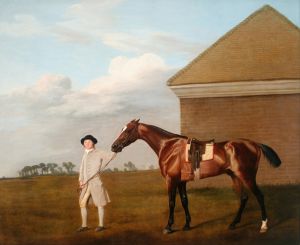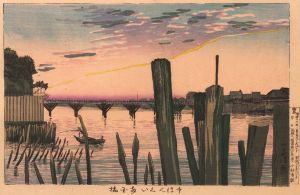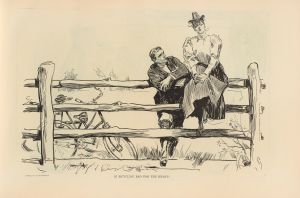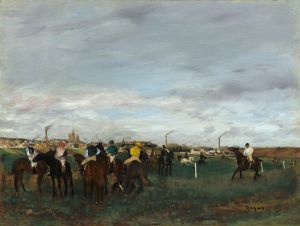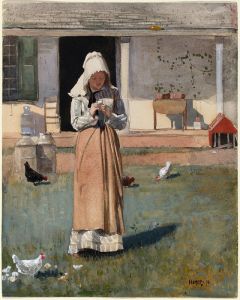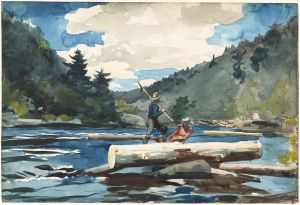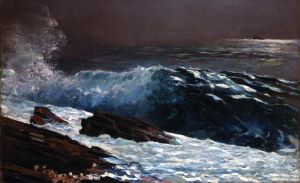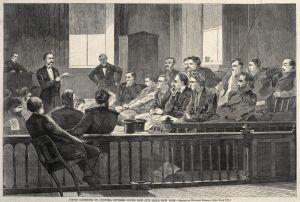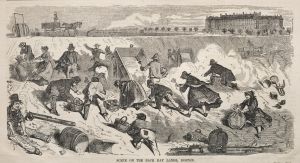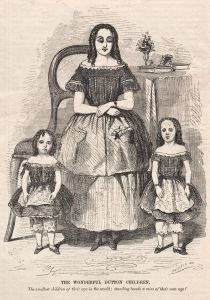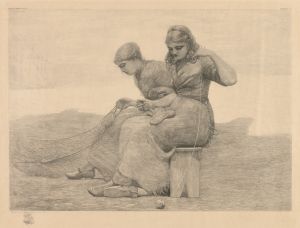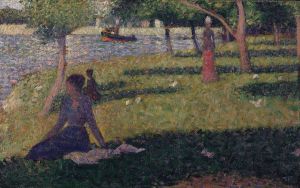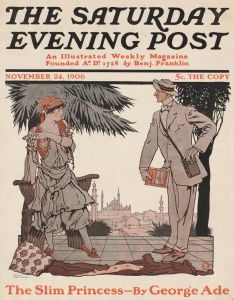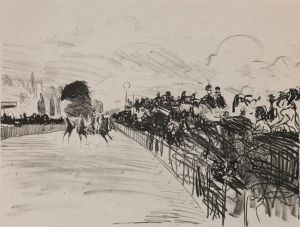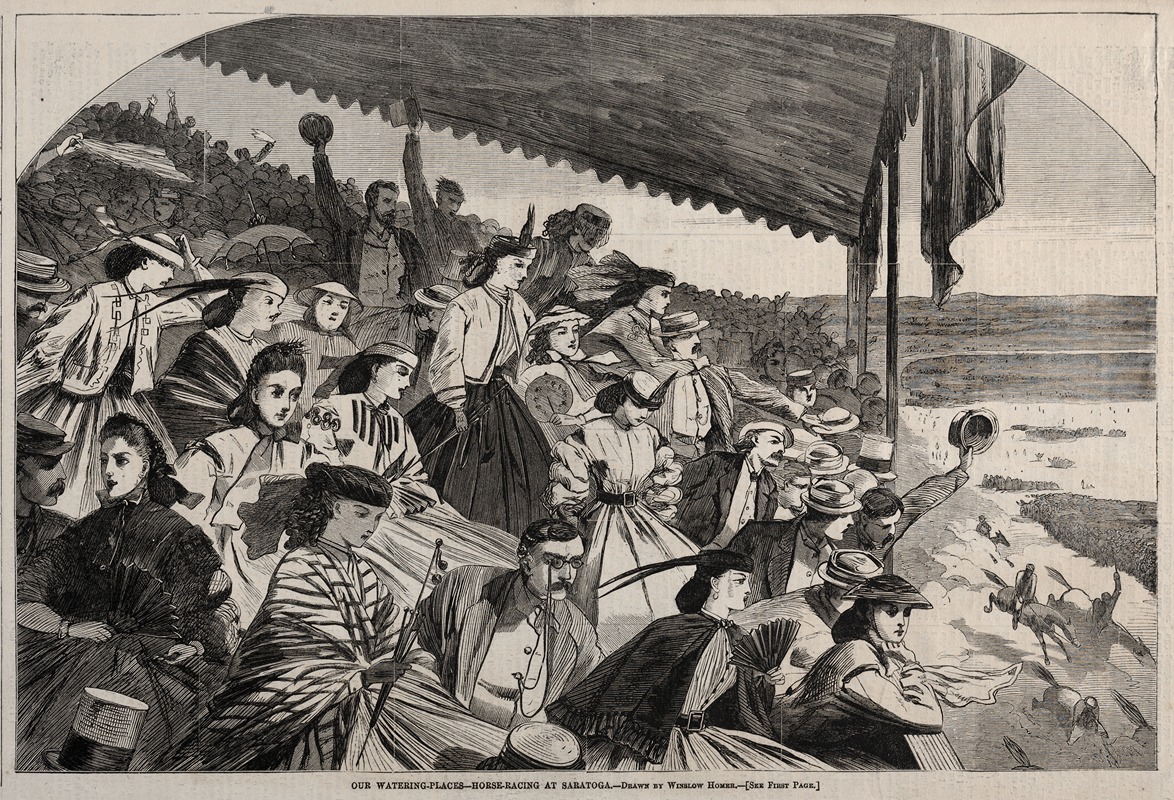
Our Watering Places – Horse Racing at Saratoga
A hand-painted replica of Winslow Homer’s masterpiece Our Watering Places – Horse Racing at Saratoga, meticulously crafted by professional artists to capture the true essence of the original. Each piece is created with museum-quality canvas and rare mineral pigments, carefully painted by experienced artists with delicate brushstrokes and rich, layered colors to perfectly recreate the texture of the original artwork. Unlike machine-printed reproductions, this hand-painted version brings the painting to life, infused with the artist’s emotions and skill in every stroke. Whether for personal collection or home decoration, it instantly elevates the artistic atmosphere of any space.
"Our Watering Places – Horse Racing at Saratoga" is a notable painting by the American artist Winslow Homer, created in 1865. Homer, who is recognized as one of the foremost painters in 19th-century America, was known for his depictions of American life and landscapes. This particular work captures the vibrant scene of horse racing at Saratoga Springs, New York, a location that was, and remains, a popular summer destination known for its thoroughbred horse racing.
The painting was originally published as a wood engraving in Harper's Weekly, a prominent American periodical of the time. Harper's Weekly was known for its detailed illustrations and coverage of contemporary events, and Homer's work contributed significantly to its visual appeal. The engraving was part of a series that Homer created, which depicted various leisure activities associated with summer resorts, reflecting the growing popularity of such pastimes among Americans in the post-Civil War era.
In "Our Watering Places – Horse Racing at Saratoga," Homer illustrates a lively scene at the racetrack. The composition is bustling with activity, capturing the excitement and social atmosphere of the event. The image includes spectators, jockeys, and horses, all rendered with Homer's keen eye for detail and movement. The work reflects the cultural significance of horse racing in the United States during this period, as it was a major social event that attracted a diverse audience, including the wealthy and fashionable members of society.
Homer's depiction of Saratoga Springs is significant not only for its artistic merit but also for its historical context. Saratoga was one of the first major horse racing venues in the United States, with the Saratoga Race Course opening in 1863. By the time Homer created this work, the location had already established itself as a key site for horse racing, drawing visitors from across the country.
The painting is also notable for its reflection of post-Civil War American society. During this time, there was a renewed interest in leisure and recreation, as the nation sought to heal and rebuild. Homer's work captures this shift, illustrating how Americans were beginning to embrace new forms of entertainment and social gatherings.
Winslow Homer himself was an artist who transitioned from illustration to painting, and his early work in publications like Harper's Weekly helped to establish his reputation. His ability to capture the essence of American life, whether through scenes of rural landscapes, maritime adventures, or social events like horse racing, made him a pivotal figure in American art.
"Our Watering Places – Horse Racing at Saratoga" remains an important piece in understanding both the cultural history of the United States and the development of Homer's artistic career. It exemplifies his skill in capturing dynamic scenes and his contribution to documenting American society through art.





